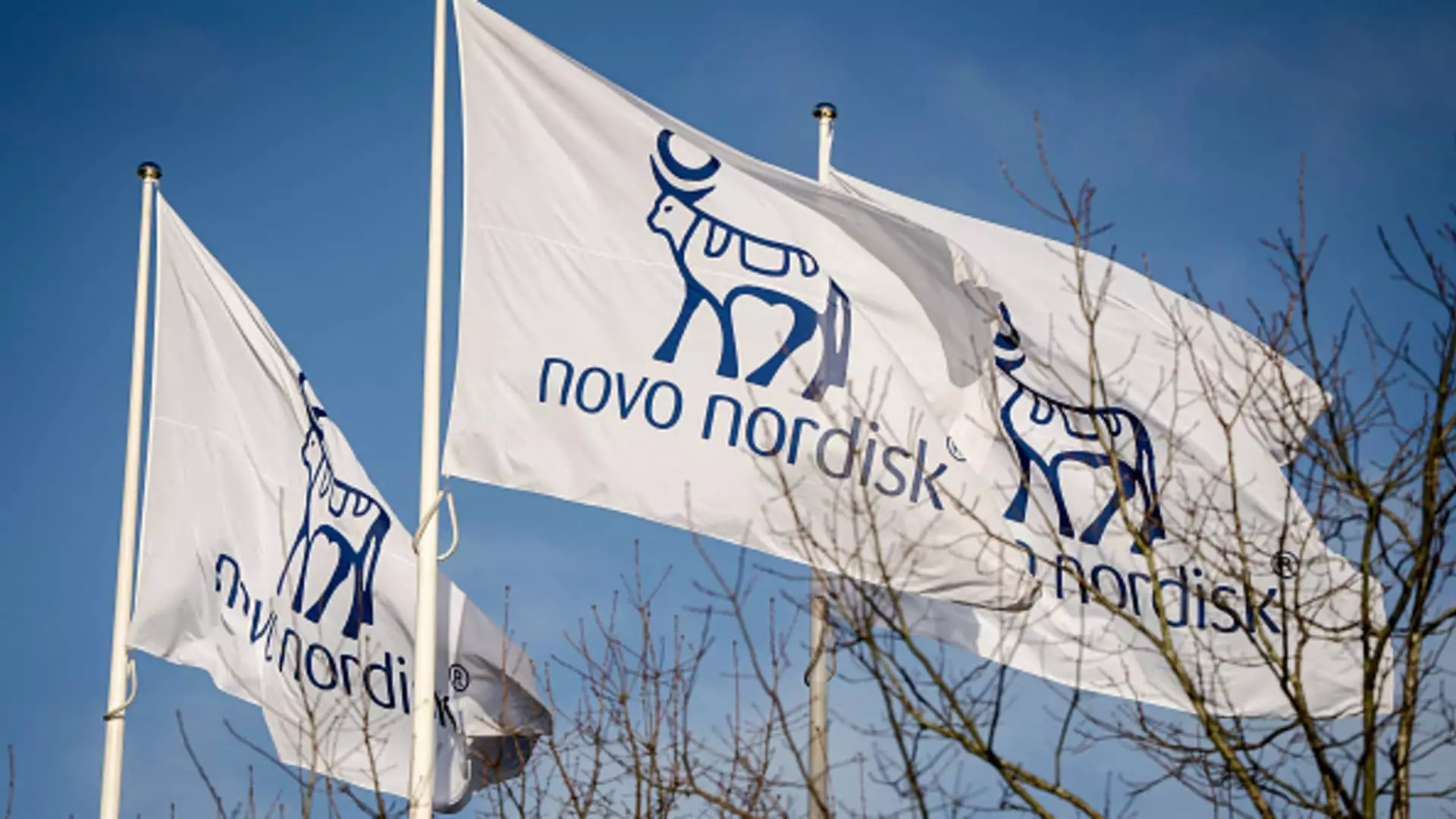In a significant legal maneuver, Novo Nordisk has secured a decisive victory against compounding pharmacies, effectively limiting their ability to market more affordable versions of the company’s high-demand drugs, Wegovy and Ozempic. This federal court ruling in Texas sends a stern message to those engaging in the practice of creating compounded copies under circumstances of declared drug shortages. Compounding pharmacies had previously capitalized on shortages caused by heightened demand, offering a cheaper alternative in response to patients who either lacked insurance or could not afford the hefty prices of brand-name medications. The judicial endorsement of the FDA’s stance that the shortage of semaglutide—the key ingredient in both medications—has been resolved represents a pivotal moment not just for Novo Nordisk but also for pharmaceutical regulation at large.
The Ethical Dilemma: Patient Safety vs. Accessibility
The legal victory raises uncomfortable ethical questions about patient access to medications versus the safety concerns surrounding compounded drugs. While it is understandable that patients scrounge for cheaper alternatives during periods of scarcity, the industry’s expansion of compounded drugs opens a Pandora’s box of potential health risks. Unlike their branded counterparts, which undergo rigorous FDA approval, compounded drugs may not meet the same stringent safety and efficacy standards. This paradox underscores the tension between two competing interests: the right to affordable healthcare and the imperative of ensuring patient safety. The risks associated with compounded medications can be alarming, yet the need for accessible treatment options grows ever more pressing in a landscape where soaring insurance premiums continue to exclude many patients.
The Role of Telehealth: Modern Solutions or Exploitation?
With the rise of telehealth companies like Hims & Hers, the scenario becomes even more multifaceted. These platforms have facilitated access to compounded versions of semaglutide, making it easier for patients to seek alternatives. However, some experts argue that this ease of access could dilute existing oversight mechanisms and lead to an influx of low-quality drugs entering the market. This complication raises significant questions: Is telehealth empowering patients or merely exploiting their vulnerabilities? In a world where healthcare is increasingly digitalized, oversight becomes paramount to ensure that patients are not coerced into making potentially detrimental choices in the name of cost-saving.
Legal Implications: A Precedent for Future Pharmaceutical Regulations
The ruling also sets a crucial legal precedent. Novo Nordisk’s aggressive campaign against compounded pharmacies and the successful legal pursuit of over 100 lawsuits across 32 states is more than just a corporate strategy; it marks the beginning of a shift in how the legal framework governing pharmaceuticals may evolve. By upholding the FDA’s determination of the end of shortages, the court has reinforced the authority of regulatory bodies to act decisively against practices perceived as endangering patient safety. This legal dynamism lays the groundwork not only for Novo Nordisk but also for other pharmaceutical giants to assert their rights vigorously against compounding pharmacies, thereby influencing market competition.
A Shared Responsibility: Pharmaceutical Companies and Public Health
However, the onus should not fall entirely on compounding pharmacies. Pharmaceutical companies like Novo Nordisk bear a responsibility in ensuring that their products remain affordable and accessible. The skyrocketing prices of medications have prompted many patients to seek alternatives, making compounded drugs their last line of defense against financial distress. Thus, while Novo Nordisk strives to eliminate competition from compounded products, it must also engage in the larger conversation about drug pricing and access. There lies an inherent contradiction in protecting corporate interests while advocating for the public good.
The Broader Landscape: The Future of Drug Pricing
As the case against compounding pharmacies builds momentum, the focus inevitably pivots to the wider implications this ruling may have on drug pricing. The mounting pressure to keep drug prices low without compromising the integrity of pharmaceutical standards is a tightrope many stakeholders must navigate. In a time when public sentiment is increasingly polarized on healthcare issues, this decisive legal victory could serve as a wake-up call—prompting not just the pharmaceutical industry but also legislators and regulators to confront the complexities surrounding drug manufacturing, pricing, and accessibility.
This ongoing saga reflects not only the intricacies of the pharmaceutical landscape but also the profound ethical and economic dilemmas that dominate healthcare today.

